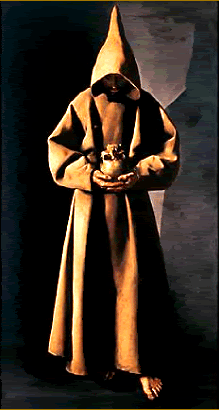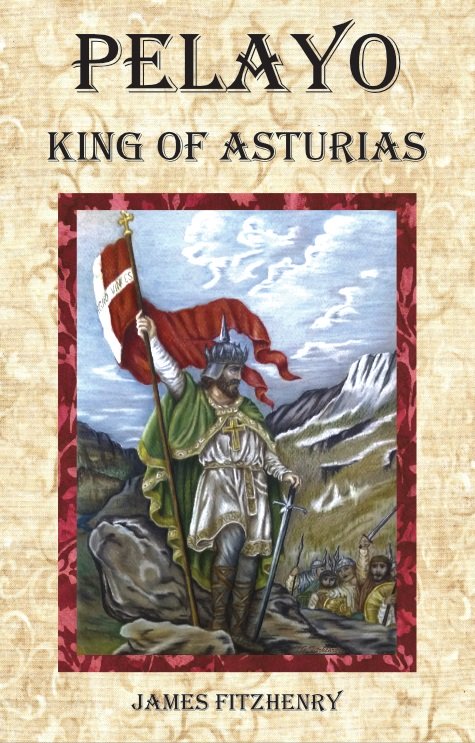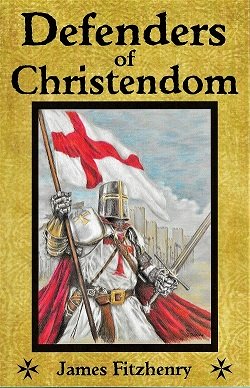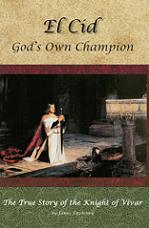Peter Baptist

St. Peter Baptist and Companions
About the year 1592 Hideyoshi, the military dictator of Japan, planned to invade and conquer the Philippine Islands, situated near his domain but belonging at the time to the Spanish crown. To negotiate peace, King Philip II of Spain delegated Father Peter Baptist Blasquez, a Franciscan of Manila, as his ambassador to Hideyoshi.
Father Peter Baptist, who came from an ancient Spanish family of the nobility, was learned, capable, and known for his holy life. He arrived in Japan with three companions at the end of the month of June in 1593. He succeeded in winning the dictator to terms of peace and even obtained permission to spread Christianity throughout Japan without interference.
So Peter Baptist founded several convents of his order, built churches and hospitals, and in company with his associates converted hundreds of pagans to Christianity. Hideyoshi even offered them a neglected temple in his capital city Miyako, with permission to rebuild it as a church.
The Japanese bonzes were much incensed at the turn of events. They got the dictator to believe that the missionaries had in mind to dethrone him and deliver the country to the Spaniards. Enraged, Hideyoshi ordered the Franciscan missionaries and their helpers to be imprisoned and put to death as offenders against the crown. Forthwith the soldiers invaded the friars’ convents in December 1596, and imprisoned the inmates. Peter Baptist was among the prisoners, together with his companions, the two priests Martin of the Ascension and Francis Blanco, the cleric Philip of Jesus, who was a native Mexican, and the two lay brothers Francis of St. Michael and Gonsalvo Garcia. Included were also seventeen Tertiaries who rendered services to the missionaries as catechists, teachers, sacristans, and informarians; likewise three Jesuits.
On January 3, 1597, they were all led out of their cruel prison to the public square at Miyako. Here they were informed that they were to be crucified, and as a mark of dishonor, a portion of their left ear was cut off. Then they were driven through the city on hurdles, while the sentence of death was carried on a pole at the head of the procession, and the rabble was given free hand to illtreat and insult them.
On January fourth they were again bound and thrown on hurdles, to be taken to Nagasaki for execution. The sad journey lasted four weeks, which in itself was cruel martyrdom because of the brutality of the bailiffs and the fury of the people in the towns and villages through which the martyrs passed. To this were added cold, hunger, and privations of every sort.
They arrived at Nagasaki on the morning of February fifth. The crosses on which the glorious confessors were to die had been prepared on a hill outside the town. The martyrs were immediately taken there and each one was bound to his cross. With loud voices, they thanked God for the grace of being permitted to die like Christ their Lord, and they praised Him with psalms and hymns. As the martyrs hung crucified, executioners ran the body of each one through transversely with two spears, Father Peter Baptist being the last.
Hardly had the martyrs breathed forth their souls when God glorified them with extraordinary signs and marvels. In consequence, Pope Urban VIII beatified them in the year 1627 and permitted the annual celebration of the feast of the Japanese martyrs. On the feast of Pentecost, June 8, 1862, in the presence of a great number of bishops assembled from all parts of the world, Pope Pius IX inscribed them in the catalog of the saints as powerful intercessors against the enemies of the holy cross.
See how the cross became a mark of honor through the death of Christ. Before that time it was the tree of shame for the execution of the basest criminals so that it was said: “Cursed is everyone that hangs on a tree.” (Gal. 3,13) Today it gleams high up on the towers of our churches, it glitters on the crowns of princes; bishops wear it as a sign of their great dignity, and not only do women wear it as an ornament, but even men are proud to wear a cross as a badge of honor.
Holy Church venerates the cross. She has instituted two feasts: the Feast of the Finding of the Holy Cross and the Triumph of the Holy Cross. She assigns to it the most honorable place on her altars; she dispenses all her means of grace and her blessings with the Sign of the Cross because it s the source of all blessings for us. Thus, should we also honor it; we should give the Cross the most honorable place as ornaments of our rooms, erect it in our gardens and along the highways as a guidepost to heaven, and plead for the blessing of God through the Sign of the Cross, making it not only before and after prayer, but also while at work and in all our undertakings.
*from the Franciscan Book of Saints by Marion A. Habig, OFM
Now Available!!
Pelayo's resistance initiated the nearly 800-year-long Reconquista to take back his country from the ruthless invader who had conquered his homeland and sought to erase his culture and his faith. His actions would lay the foundations of a Kingdom for Christ that would eventually reach around the world and spread the Catholic faith to millions of souls. Read more...
Please help us continue to bring high quality books to our readers at the lowest possible price! Click the link below! Thank you!
Now Available!
Catholic Vitality Publications presents . . .Brand new by
James Fitzhenry
Now in paperback!
Battles - Honor - Miracles! This
book is filled with amazing stories of little-known Catholic heroes presenting
spectacles of bravery and valor never exceeded in all the annals of history. read more. . .
Now Available for $24.95
Also available:
Catholic Vitality Publications
Roman Catholic books currently published by Catholic Vitality Publications:
El Cid, God's Own Champion
-the amazing true story of the life of Rodrigo Diaz, El Cid!
Available for only $22.95
St. Fernando III
A Kingdom for Christ
- King St. Fernando III, born 100
years to the month after the death of
the Cid. His life was filled with miracles
and many conquests!
Available now for $26.95
Discounts available for bulk
orders and for bookstore
retail sales! Just contact us




